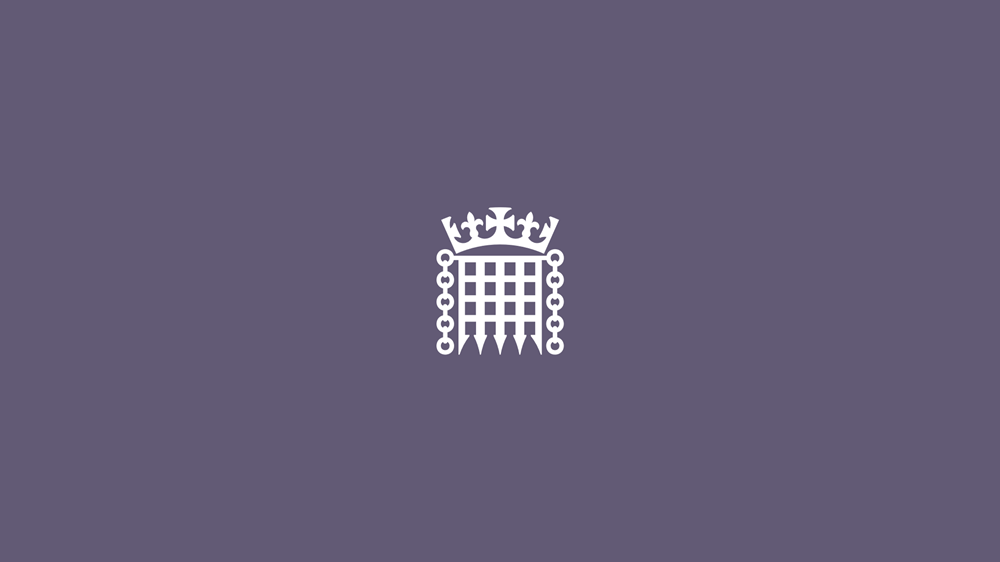Report: The Warm Front Scheme
24 July 2009 (updated on 22 April 2010)
The Public Accounts Committee has published a report on the Warm Front Scheme
Edward Leigh MP, Chairman of the Committee of Public Accounts, today said:
"The Warm Front Scheme seems to be failing many of the poorest and most vulnerable households.
"It is unclear whether the primary aim of the Scheme is to improve the energy efficiency of homes or to reduce fuel poverty. If the latter, then the Scheme is certainly still missing the mark a lot of the time, with only about a third of the genuinely fuel poor qualifying for help. And a full three-quarters of households who benefit from the Scheme are not in fuel poverty.
"Too much funding is also going to those whose dwellings are already energy efficient – nearly a fifth of those receiving assistance over three years. And over £15 million was spent on measures which have a limited effect on overall energy efficiency and would do little on their own to lift households out of fuel poverty.
"As more families sink into fuel poverty, the Warm Front Scheme must be focused much more sharply on those households genuinely needing help.
"One in four applicants, in 2007-08, had to fund the difference between the Warm Front grant and the actual cost of the heating and insulation measures carried out. It is worrying that over 6,000 households, possibly among the most vulnerable, withdrew from the Scheme as a result."
Mr Leigh was speaking as the Committee published its 39th Report of this Session which, on the basis of evidence from the Department of Energy and Climate Change, the Department for Environment, Food and Rural Affairs and eaga plc, examined the performance of the Scheme and the management of the contract with eaga plc.
The Warm Front Scheme (the Scheme) provides assistance to eligible households with the installation of heating and insulation measures in order to improve household energy efficiency and to reduce fuel poverty. Until the formation of the Department of Energy and Climate Change (the Department) in 2008, the Scheme was the responsibility of the Department for Environment, Food and Rural Affairs.
Between June 2005 and March 2008, the Scheme assisted over 635,000 households at a cost of £852 million, and by 2010–11, cumulative Scheme funding is expected to reach £1,811 million. We last reported on the Scheme in 2003–04, and made recommendations to improve the targeting of the Scheme towards those classed as most ‘fuel poor’ or with the least energy efficient homes, to raise awareness of the Scheme, and on the efficiency and effectiveness of Scheme measures.
In 2007, over three million households were estimated to be in fuel poverty, and increases in domestic gas and electricity prices may have added a further 1.5 million households. A household is defined as ‘fuel poor’ when it needs to spend more than 10 per cent of its net income on fuel to maintain an adequate heating regime. The Scheme continues to be poorly targeted despite some changes to the eligibility criteria. Nearly 75 per cent of households entitled to a grant are unlikely to be in fuel poverty, whilst the Scheme is only available to 35 per cent of all those households likely to be in fuel poverty, partly because the eligibility criteria include receipt of non-means tested benefits.
In addition, the Scheme does not prioritise those with the most energy inefficient accommodation. Between June 2005 and March 2008, £34 million was paid to households whose properties were already energy efficient, representing about 18 per cent of those assisted in that period. Some £15.4 million was spent on providing energy efficient light bulbs, tank jackets and draught proofing, which have limited impact on overall energy efficiency, and are also unlikely on their own to lift households out of fuel poverty.
The maximum grant available under the Scheme did not change between July 2005 and April 2009. Over the same period, labour costs for gas and oil central heating rose by 8.9 per cent and costs for other services by 7.3 per cent. One impact has been to increase the number of applicants required to contribute to the cost of works from under 1 in 10 in 2005–06 to one in four in 2007–08. The average contribution in 2007–08 was £581. Some 6,000 households withdrew their application and 1,400 opted for less expensive measures. The Scheme may be failing the poorest and most vulnerable households as they are least likely to be able to make a contribution.
Many customers are satisfied with the improvements once complete. Common complaints relate to the costs of works, particularly if a contribution is required, because in these circumstances the customer cannot use his own contractor or obtain quotes directly. Nevertheless, cost comparisons for seven of the most common installation works appear competitive overall. The Scheme will not fund the cost of boxing in pipes and wires or of repairing plasterwork affected by the installation. This exclusion leaves householders with unsightly work, and some do not understand in advance that this will be the case.
The Department for Environment, Food and Rural Affairs failed to put in place adequate management arrangements in respect of its contract with eaga plc, which runs the Scheme on its behalf. The absence of such arrangements contributed to the delay of over two years in clarifying some contractual terms and the extent of VAT payable on materials. In 2009, the Department is undertaking a mid term review of the contract.
